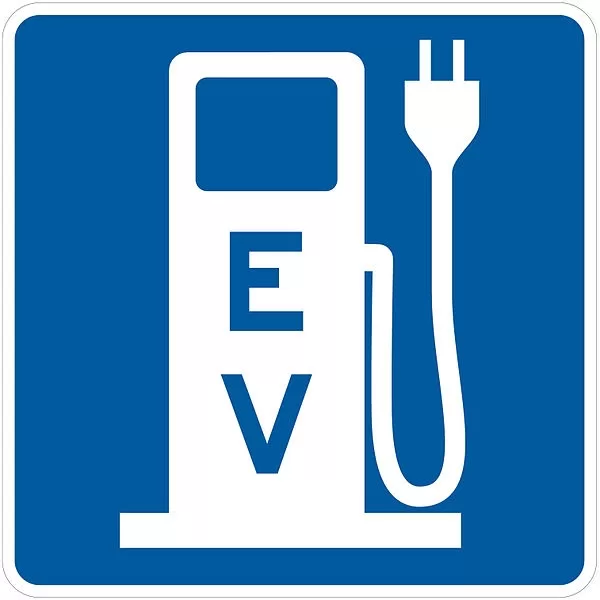If you’re considering purchasing an electric vehicle (EV), you may also be considering installing an EV charger in your home.

But what are EV chargers and why do you need one? In this blog post, we’ll answer those questions and more.
What is an EV Charger?
It is a device that plugs into your home electrical system and charges your electric vehicle. Most EVs come with Level 1 charging equipment, which uses a regular 120-volt outlet to slowly charge your vehicle overnight.
However, if you want to charge your EV faster, you’ll need a Level 2 charger, which requires a 240-volt outlet like the ones used for clothes dryers and stoves.
Why Do You Need This?
If you own an electric vehicle, then you need a charger so you can charge your car’s battery and keep it running. Without a charger, your EV Charger Installation Columbia will eventually run out of power and come to a stop.
Types of Chargers
There are two main types of chargers: Level 1 and Level 2. Level 1 chargers use a standard 120-volt outlet and can add about 3 miles of range per hour of charging time.
Level 2 chargers require a 240-volt outlet (like the ones used for clothes dryers and stoves) and can add up to 25 miles of range per hour of charging time.
Read Also:
Installing a Charger in Your Home
The installation process for a charger is relatively straightforward.
- First, you’ll need to choose the right location for your charger—somewhere close to your electrical panel and away from any potential hazards like water sources or flammable materials.
- Once you’ve selected the perfect spot, hire a licensed electrician to install your charger according to the manufacturer’s instructions.
Home Charger Maintenance and Troubleshooting Tips
Owning an electric vehicle (EV) has many perks. You can save money on gas, you’re doing your part to reduce your carbon footprint, and you never have to worry about finding a parking spot with a charging station.
But if you’re the proud owner of a charger, there are a few things you need to know in order to keep it running smoothly.
Home Charger Maintenance Tips
- Keep the area around your charger clean and free of debris. This will help ensure that your charger can get adequate airflow and ventilation.
- Inspect your charger regularly for any signs of damage or wear and tear. If you see anything out of the ordinary, contact a qualified technician for repairs.
- Make sure that all connections are tight and secure. Loose connections can lead to sparks and fires.
- If possible, position your charger in a sheltered area to protect it from the elements.
- Has your charger been serviced by a qualified technician at least once per year? This will help ensure that it is always in good working condition.
Troubleshooting Tips for Home Chargers:
- If your charger is not working, check the power source first. Make sure that it is plugged in and turned on.
- Check all connections to make sure they are tight and secure.
- If the power source is fine and all connections are secure, reset the breaker or fuse that controls the circuit for your charger.
- If the problem persists, contact a qualified technician for assistance.
Electric vehicles are becoming increasingly popular, so it’s no surprise that home chargers are becoming more common as well. If you own a charger, it’s important to know how to properly maintain and troubleshoot it.
Conclusion
Installing a charger in your home is a great way to ensure that you can always keep your electric vehicle running. But what are they and how do you choose one?
This blog post has answered those questions and more, so you can make an informed decision about whether or not installing an EV charger is right for you.









